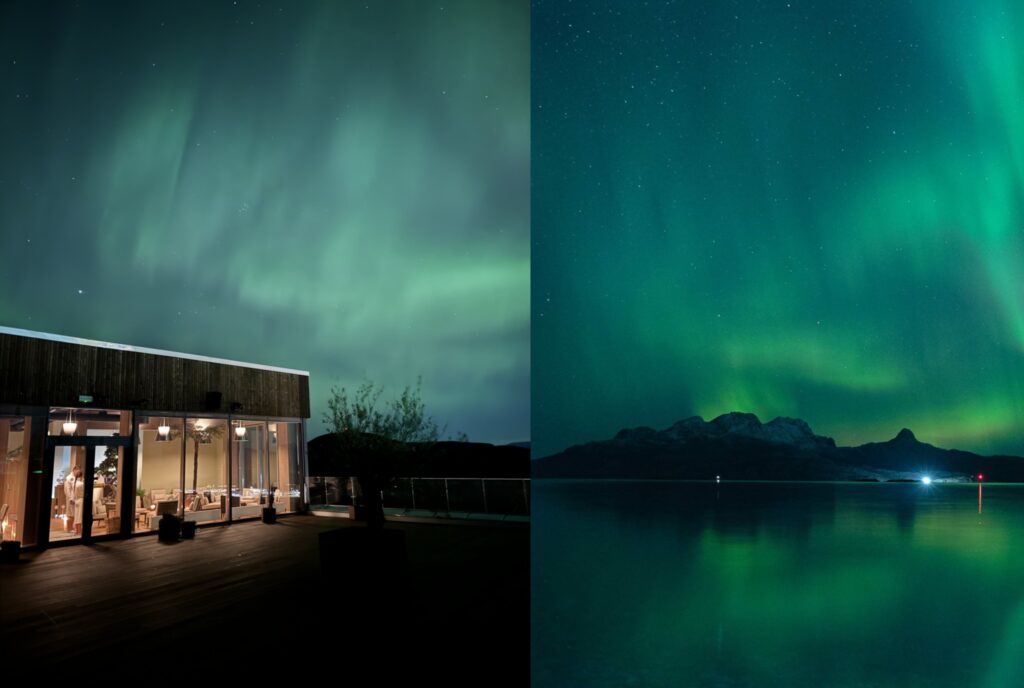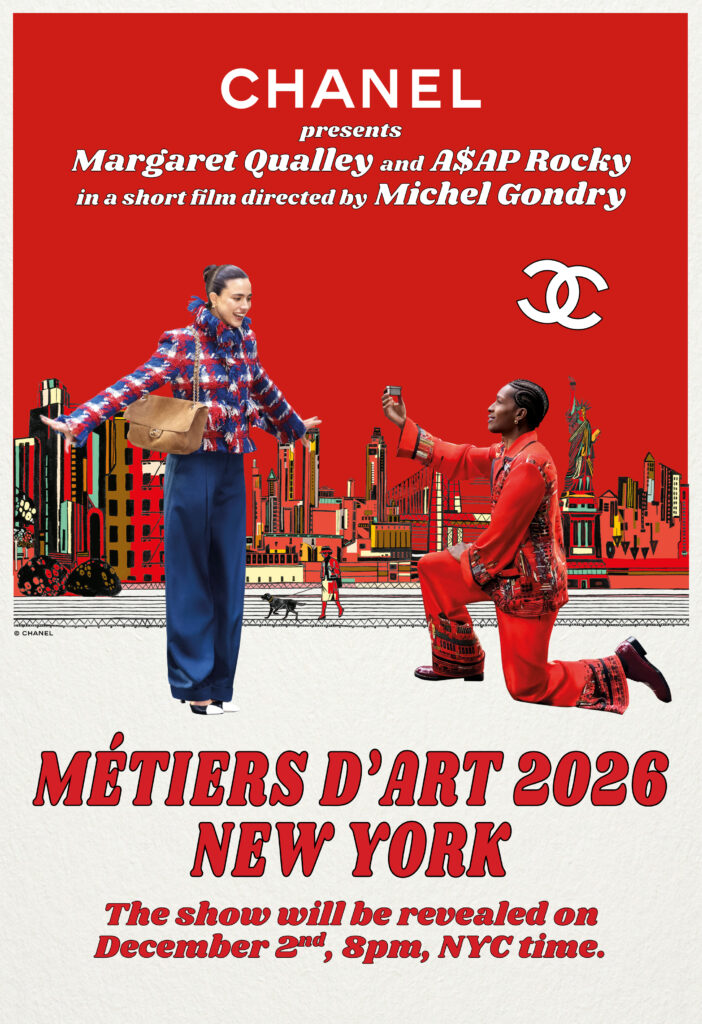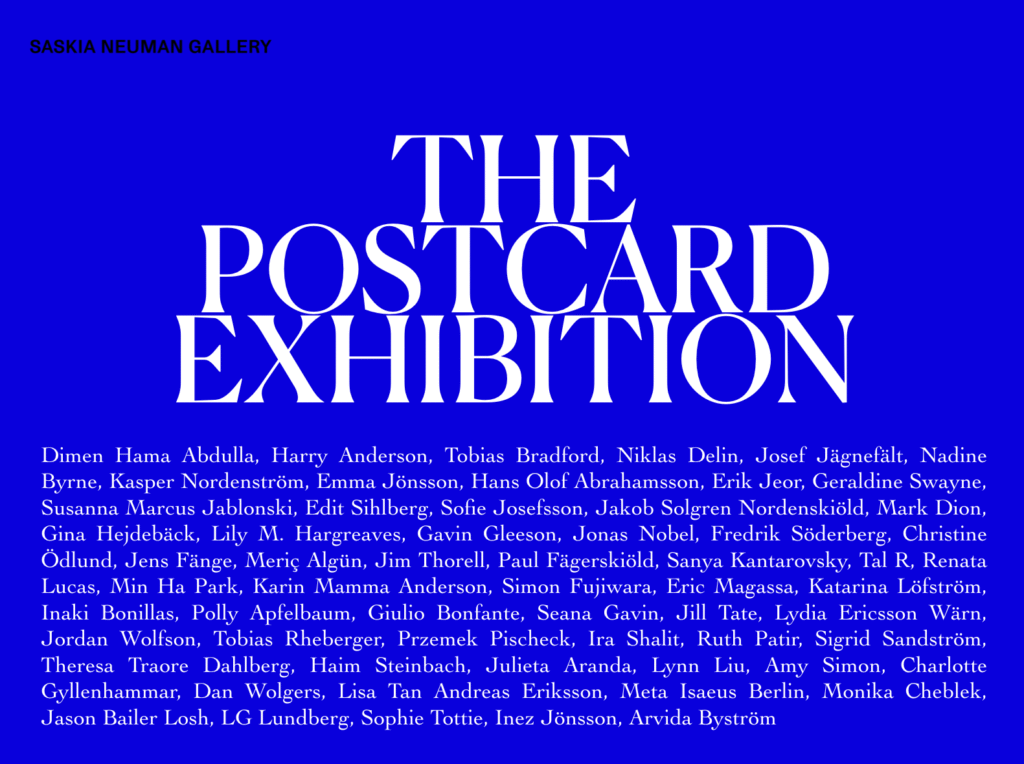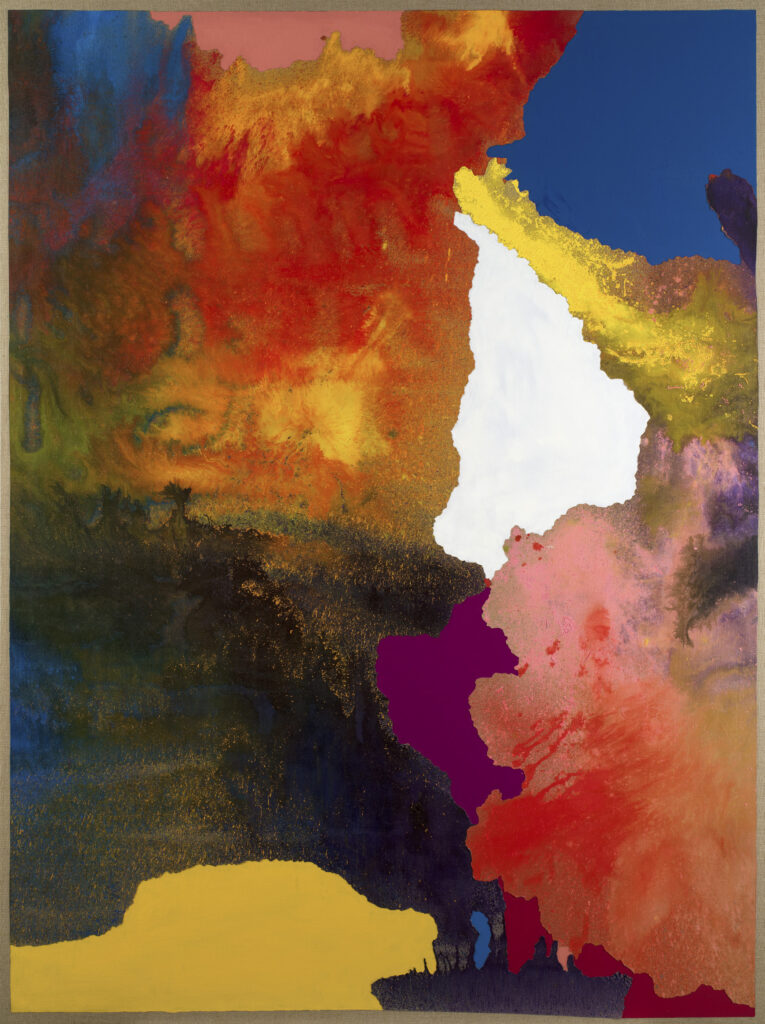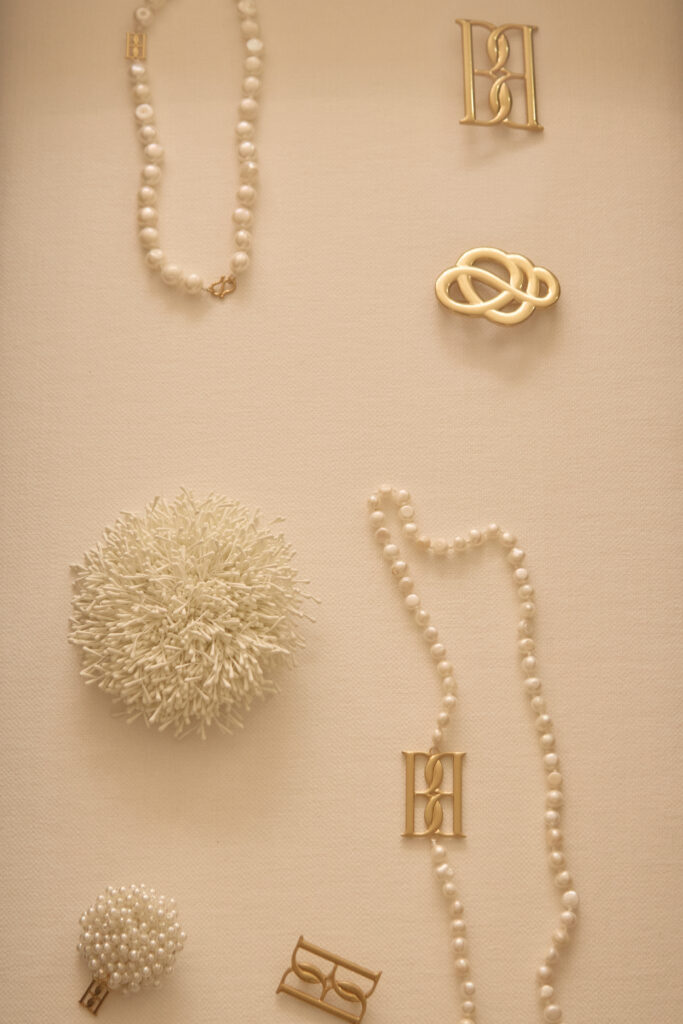The Sound of Falling: A Conversation on Inherited Pain with Mascha Schilinski
Written by Natalia Muntean
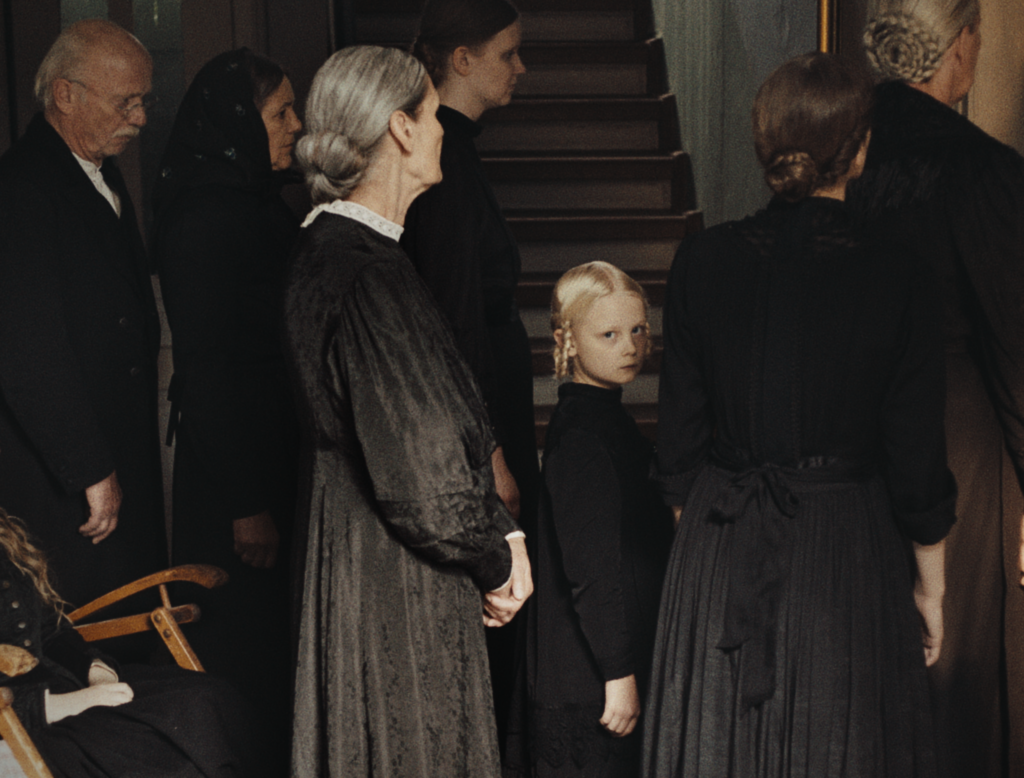
“Traumas exist. They don’t just dissolve. There’s this idea that if we are conscious and aware, everything disappears,” says Mascha Schilinski. “I don’t think so. It’s just life, and we have to deal with it.”
Her second feature, Sound of Falling (In die Sonne schauen), premiered in Cannes and now screens at the Stockholm International Film Festival, where its quiet intensity lingers long after the credits. The German director traces a century of life on a rural farmstead, following four generations of women bound by the invisible weight of inherited pain. Shot in 4:3 and illuminated by natural light, the film unfolds less as a story than as a current of sensations, a tapestry of echoes and gestures that bridge time.
Schilinski talks about the act of “listening to the film instead of making it listen to us” and the courage to create something unbound by plot, yet rooted in truth.
Natalia Muntean: I read that the idea for the movie started with a photograph from the 1920s?
Mascha Schilinski: It started long before that. But the photograph was maybe the starting point in a visible sense. My co-writer, Louise Peter, and I wanted to lift invisible things into visibility. We wanted to talk about matters that are delicate, things that sit within our bodies and are transmitted from long before we were born. We found the large courtyard, the farmstead you saw in the film. It became like a vessel that could hold the story. During our stay there, we discovered an old snapshot – three women looking straight at us. It wasn’t staged; it was a moment captured. That photograph became a mirror. They were aware that they would pass, just as we will. That was the spark that began everything.
NM: I also read that the film took nearly three years to write. How did you know when the story was ready? Did it change a lot during those years?
MS: Three and a half, almost four years until we started shooting. For two years, we simply talked. Ten hours a day sometimes. We tried to understand why we felt uneasy, almost physically attacked by certain emotions. We realised that transgenerational trauma, pain passed from one generation to another, is a fact. At first, we thought we could construct a plot, but the film resisted it. It didn’t want a plot. We had to listen to the film instead of making it listen to us. We saw images within us, almost like hallucinations. They left echoes, and out of those echoes we began to weave, connecting them like repetitions that travel through generations.
NM: The film doesn’t follow a traditional plot but feels like a series of sensations and images. Was that structure deliberate from the start?
MS: Yes. I’m a visual thinker. For me, it’s like literature – you read something and something forms in your mind. That was the foundation. The film was limited in time and budget, so there was no room for rehearsals. Everyone had to understand the emotional world deeply. The script had to communicate the feeling, not the technical side. Filming took thirty-three days, so very short, especially with so many children in the cast. We could only shoot three hours a day with them, so it was extremely challenging.
NM: The story spans four generations of women, and they seem to share an inner life. How did you approach this idea of inherited emotion or inherited pain? Do you see them as separate entities or parts of a whole consciousness?
MS: We wanted to see what remains in the body, what fixates itself in the body over ten years or a hundred years. What are the soft, quiet vibrations inside a person? Where does something break, very quietly? How is shame created? We found in Greek texts that shame is where euphoria is broken. You feel euphoria when you are fully yourself, alive and strong, and someone breaks that. Something powerful happens inside you, but it becomes isolated. You can’t name it anymore, and it manifests in the body. We looked for moments when something like that becomes visible, when a phenomenon like that manifests physically through generations.

NM: But this feeling or experience seems to be something all the women in the movie live with. They’re drawn to it. Do you see that as self-destruction or endurance? Or both? And do you think it passes down through generations?
MS: It’s the question of what came first – the hen or the egg. Sometimes you walk through life, and something happens, and you think, “Why does this happen to me?” It doesn’t seem to belong to me. And sometimes you feel you are fighting a theme that belongs to another generation, one that couldn’t deal with it.
It’s not the traumatic event itself that matters, but how you deal with it. When you are left alone, when nobody takes you seriously, that isolation provokes what happens afterwards. Traumas exist. They don’t just dissolve. There’s this modern idea that if we are conscious and aware, everything disappears. I don’t think so. It’s just life, and we have to deal with it. What’s hopeful in this film is that the women share pain; they are not isolated. Even though they feel alone, the film shows that there is a connection. Many of us want to separate from the generation before, saying, “I don’t want to be like my mother” or even not have children to avoid passing things on. But if you look differently, you can also be thankful for how much new generations achieve.
NM: Maybe freedom or relief comes from being allowed to talk about it?
MS: Yes, it’s good when we can talk about it, but there will always be things that stay hidden. That’s part of being human. There isn’t one moment of relief for everyone.
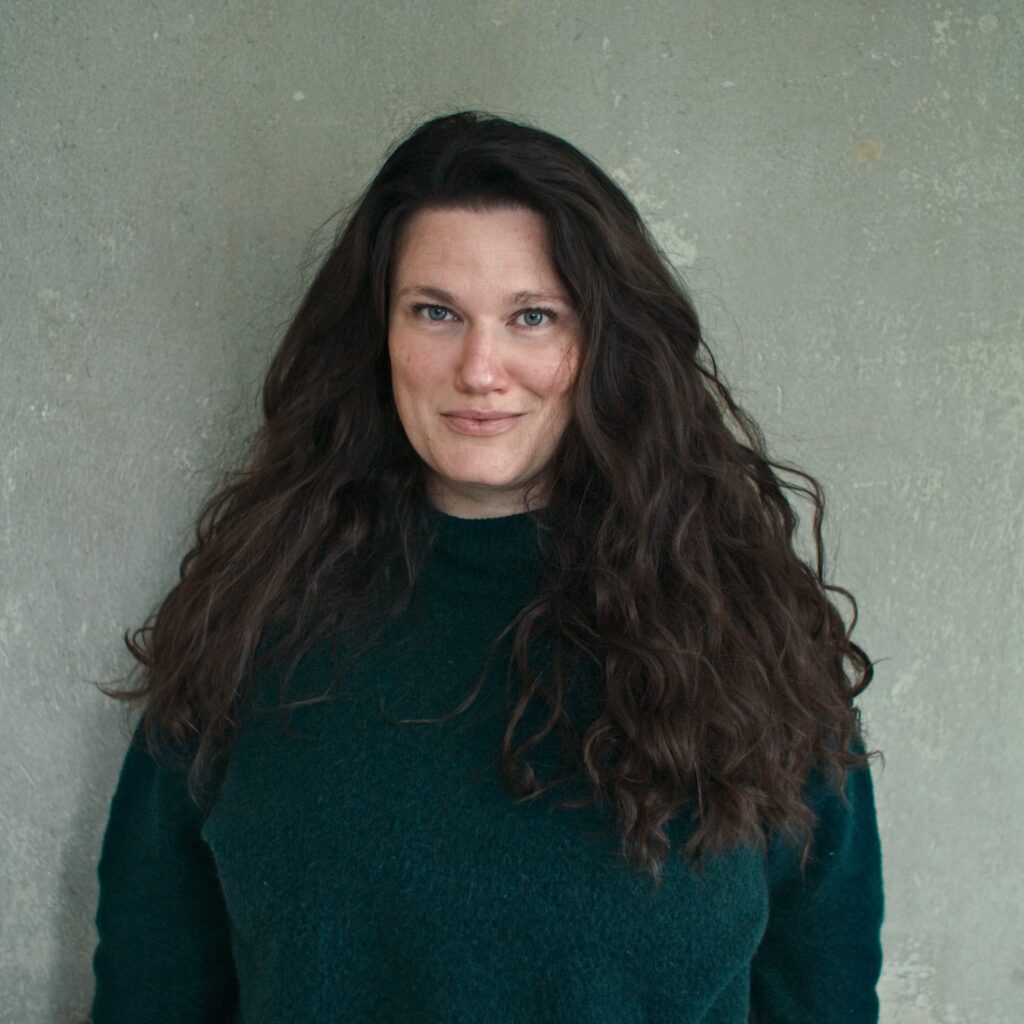
NM: You spent quite a few years with these women and their stories. How did they change you as a filmmaker and as a person?
MS: It’s not the women who changed me, but that I could follow my artistic vision. I created the film I wanted to see. Many people told me, “You can’t make a film like this. Where’s the main character? Where’s the plot?” But I did it my way. It was rewarding to see this German film go to Cannes, which rarely happens. It showed me that when you stay true to your vision, even without a recipe, it’s possible. That changed me as a filmmaker.

